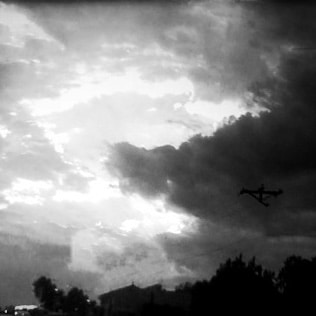
Qi anatomy includes our convential western science anatomy. And while it does not include the cellular minutia, it does give us a perspective that allows us to understand function and pathology through the lens of the five phases and six qi. And that can open up a lot of possibility.
Brenda Hood, PhD, LAc
Brenda has spend two decades in China where she studied medicine and Daoism.